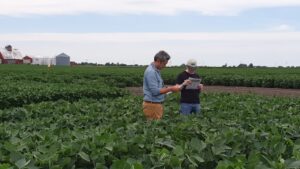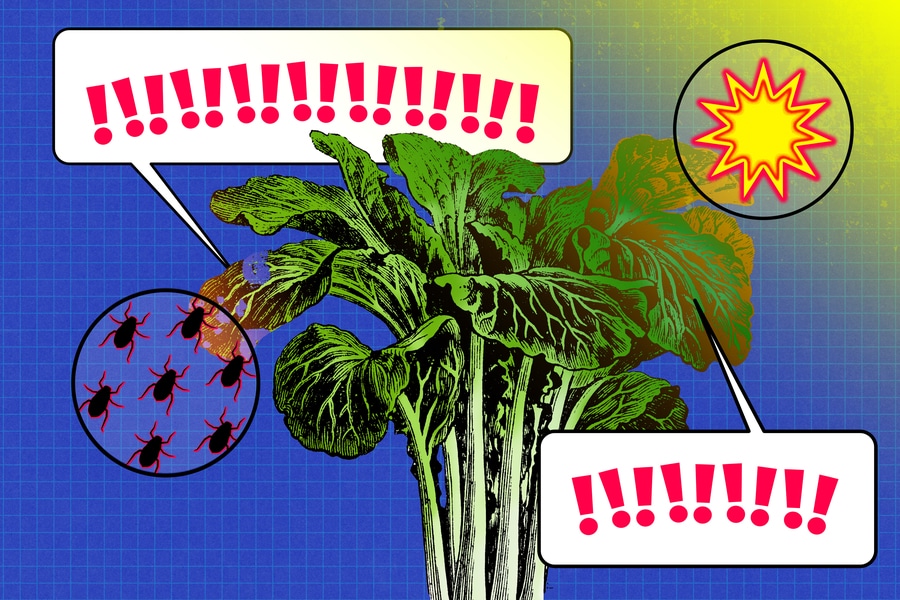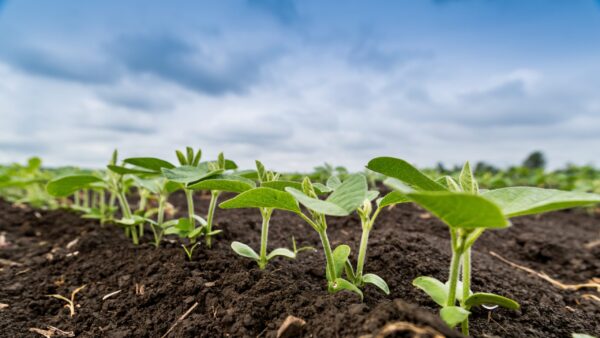A study undertaken by Dr. Lam Dai Vu and Professors Kris Gevaert and Ive De Smet of VIB and Ghent University (Belgium), together with colleagues from Utrecht University (the Netherlands), the North Carolina State University (US), and the John Innes Centre (UK), reveals fundamental molecular insights into the ways that plants respond to high temperatures.
The researchers have identified the protein kinase MAP4K4/TOT3 as a light signaling-independent regulator of this process. The results of the study are published in the leading peer-reviewed journal Nature Communications and are especially relevant in the context of climate change, where the development of temperature-resilient crops will be key to ensuring food security.

Specific molecular sensors and other response networks are known to enable plants to perceive changes in temperature. However, little is understood about how molecular signaling processes within plant cells trigger structural adaptations to high temperature conditions.
A new signaling pathway that isn’t linked to light sensing
To identify these signaling mechanisms in flowering plants, Lam Dai Vu and an international team of researchers mapped modifications in specific proteins that occur when the plants are exposed to warm temperatures.
They identified the protein kinase MAP4K4/TOT3 as a regulator of thermomorphogenesis in both dicots and monocots – the two fundamental structural categories of plants. In addition, their research outcomes indicate that this protein signaling pathway regulates thermomorphogenesis independently from other pathways, including those related to light sensing.
Paving the way toward climate-hardy food crops
Climate warming has strong impacts on both plant growth and crop yield. The insights revealed by this study identify MAP4K4/TOT3 as a new key player in plant responses to warm temperatures, and show that it also interacts with related kinases that play multifaceted roles in thermomorphogenesis. These observations make it unlikely that there is a single regulatory pathway that controls warm-temperature structural changes.

Ive De Smet
In our study we joined hands with scientists having expertise in crop plants, namely wheat and soybean. I hope that our results will further promote this type of collaboration in plant research,” says Lam Dai Vu.
Source: VIB













